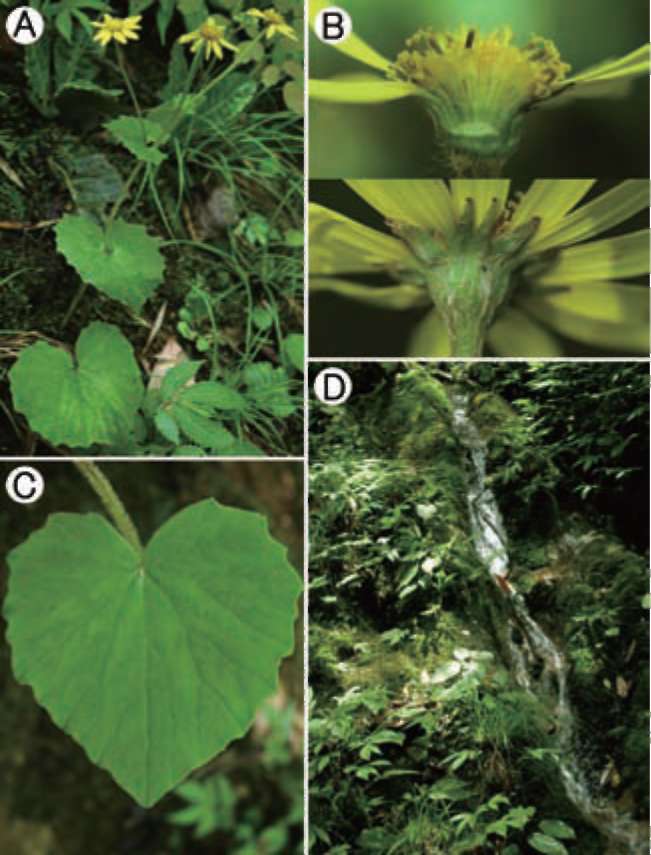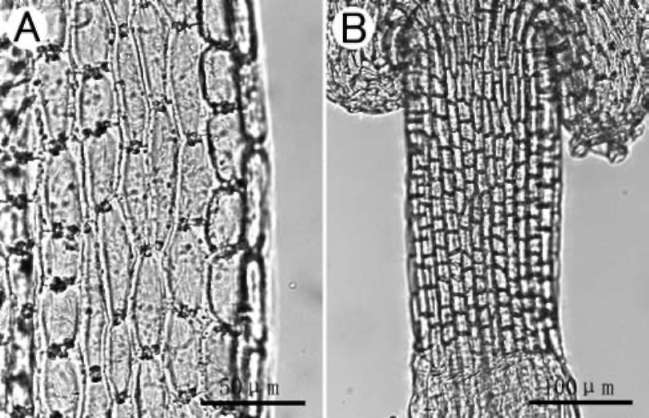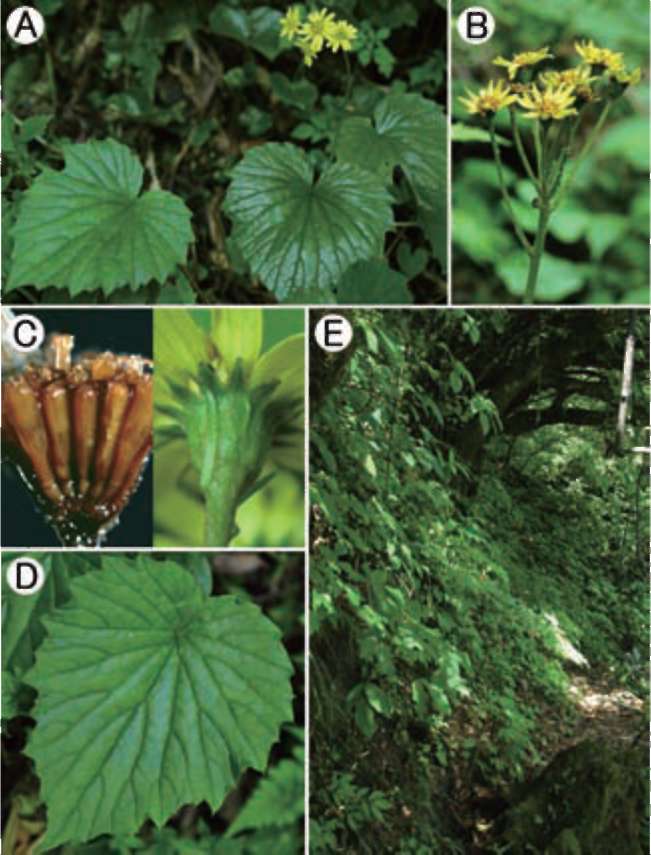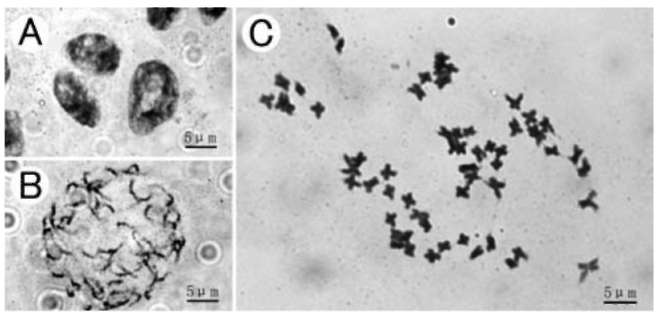220
Botanical Studies, Vol. 52, 2011

tion has suffered from habitat destruction due to intensive human activities such as medicinal plant cultivation.
Floral micromorphological characters. For observation of the anther endothecial cell wall thickenings and filament collar of Sinosenecio sichuanicus, heads were boiled in distilled water for 3 min, and then fixed with Carnoy I (glacial acetic acid: absolute ethanol = 1 : 3). Mature disc florets removed from the fixed heads were dehydrated in 70% ethanol for 30 min and then in 99% ethanol for 1 h

Figure 1. Sinosenecio sichuanicus Y. Liu & Q. E. Yang. A, Habit; B, Phyllary (right: abaxial side; left: adaxial side); C, Ray floret; D, Disc floret; E, Stamen; F, Style; G, Style-arms (All from Ying Liu & Tao Deng 2009074, HAST, IBSC, PE).
base obtuse, appendages ovate-oblong. Style arms ca. 1 mm long, apex truncate. Achenes obovoid-cylindrical, 1.5 mm long, smooth, glabrous. Pappus sometimes (in ca. 1/3 florets of a capitulum) of several 1.5-2 mm long hairs at anthesis, but often deciduous, and thus usually absent in mature achenes.
Additional specimens examined. CHINA. Sichuan, Hongya County, Hua-jiao-gou, alt. ca. 1,950 m, along stream, in woods, 27 Jun 1994, Wei-kai Bao et al. 2496 (CDBI); Hongya County, the same locality, 24 June 2007, Qin-er Yang, Qiong Yuan & Ying Liu 923 (IBSC); Hongya County, Luo-han-shan, Da-zhong-gang, alt. 2,400 m, 8
June 1994, Wei-kai Bao et al. 1981 (CDBI); Emei County,
Mt. Emei, San-dao-he, alt. 1,800 m, 19 May 1956, Shi-zhen Yu 49355 (SZ); Emei County, Mt. Emei, Hei-qiao, streamside, alt. 1,300 m, 17 May 1995, Hong-gui Xu
01830169 (PE).
Etymology. The specific epithet 'sichuanicus' is derived from Sichuan, a province in western China.
Phenology. Flowering May; fruiting June.
Distribution, habitat, and status. Sinosenecio sich-uanicus is currently known from four populations in Hongya County and Emei County, Sichuan Province, China (Figure 3), growing in grasses or on rocks along streamside in deciduous broad-leaved forests at altitudes of 1,300-2,400 m above the sea level. At least one popula-
Figure 2. Sinosenecio sichuanicus Y. Liu & Q. E. Yang. A, Habit; B, Florets (above) and capitulum (below); C, Leaf; D, Habitat (All from type locality and vouched by Ying Liu & Tao Deng
2009074, HAST, IBSC, PE).

Figure 3. Distribution of Sinosenecio sichuanicus (▲).


